Part 1: Building A Balanced Gaming PC
Processors

While a powerful GPU is certainly an important component in a balanced gaming PC, graphics performance alone does not guarantee an enjoyable experience. The processor (or CPU, as we've been calling it), amongst other factors, must cope with other tasks like physics and AI (artificial intelligence) calculations, on top of any background tasks running as you game.
Part 1: Intel Processors
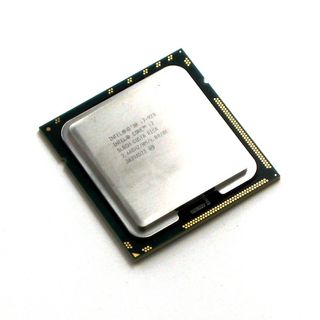
Intel Core i7-920
Serving up solid performance and plenty of overclocking potential, the quad-core Intel Core i7-920 is the fastest CPU we will emphasize on for this series. After all, it has the headroom to exceed even Intel's flagship Core i7-975, and we're planning to address overclocked performance later on in the series.
This 45nm, Bloomfield-based, LGA 1366 processor is clocked at 2.66 GHz, has 4 x 256KB L2 caches, an 8MB shared L3 cache, and it features Intel’s Hyper-Threading and Turbo Boost technologies.
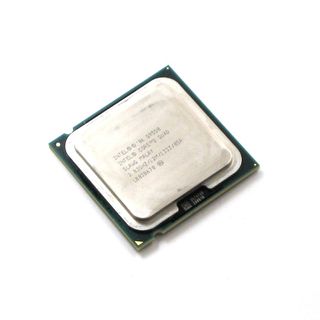
Intel Core 2 Quad Q9550
The Intel Core 2 Quad Q9550 provides a good look at what you can still get from the LGA 775 interface, ideal for the folks with slightly older P45/X38/X48 systems and not afraid to upgrade. This 45nm quad-core Yorkfield-based chip is clocked at 2.83 GHz, has 12MB L2 cache between its two physical die, and runs on a 1,333 MT/s FSB.
Stay on the Cutting Edge
Join the experts who read Tom's Hardware for the inside track on enthusiast PC tech news — and have for over 25 years. We'll send breaking news and in-depth reviews of CPUs, GPUs, AI, maker hardware and more straight to your inbox.
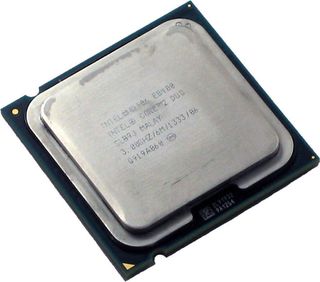
Intel Core 2 Duo E8400
The Intel Core 2 Duo E8400 is a 45nm, dual-core Wolfdale-based processor with 6MB of L2 cache, also running on a 1,333 MT/s FSB. This once-legendary LGA 775 processor is clocked at 3.0 GHz, but is probably best known for its 4.0+ GHz overclocking potential.
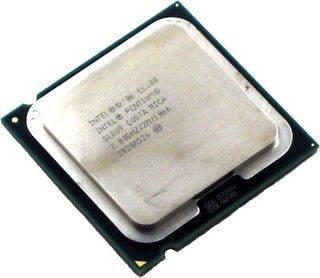
Intel Pentium E6300
Because there is so much variance in Intel's dual-core processor lineup, no single processor best represented what Intel had to offer. Thus, we were torn between adding a Pentium E5200, E5300, or E6300 to the mix.
All of these 45nm Wolfdale-based chips have 2MB cache and offer big performance once overclocked. But the 2.8GHz Pentium E6300 offers higher stock performance for an extra $15 or so. Unfortunately, its 1,066 MT/s FSB does mean a lower available multiplier when it comes time to overclock.
Part Two: AMD Processors:
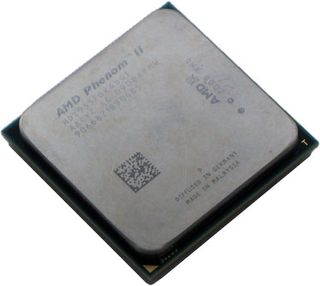
AMD Phenom II X4 955 Black Edition
The AMD Phenom II X4 955 Black Edition is a quad-core Socket AM3 processor with 4 x 512KB L2 cache, and a 6MB shared L3 cache. We could have used this Black Edition (BE) processor to simulate a flagship Phenom II X4 965 BE. But we’ll be overclocking later anyway. Besides, its slightly lower 3.2 GHz stock clock rate and significantly lower price tag combine to enable a more attractive price/performance ratio in favor of AMD's Phenom II X4 955 BE.

AMD Phenom II X3 720 Black Edition
We pay close attention to our comments section for each story that goes live, and we know that the AMD Phenom II X3 720 Black Edition is considered by some readers to be one of the best values in gaming processors.
This triple-core Socket AM3 CPU has 3 x 512KB L2 cache and a 6MB shared L3 cache. At 2.8 GHz, it’s the lowest-clocked Phenom II we’ll be testing in this series.

AMD Phenom II X2 550 Black Edition
The Phenom II X2 550 Black Edition is a 3.1 GHz, dual-core, Socket AM3 processor with 2 x 512KB L2 cache and a shared 6MB L3 cache. Of course, like all Phenom II Black Edition chips, the X2 550 has an unlocked multiplier and voltage ID.
As a reminder: there were also numerous processors released since our hardware was originally gathered, including AMD Athlon II and Intel LGA 1156 based Core i5 and i7 CPUs. You can check back here and here to see how these stack up to the models tested today.
Special thanks to Intel and AMD for arranging the CPUs needed to make this entire series possible.
-
yoy0yo Wow, this is an amazingly in depth review! I kinda feel that its sponsered by Asus or Corsair, but I guess you kept with the same brand for the sake of controls etc.Reply
Thankyou! -
inmytaxi Very helpful stuff.Reply
I'd like to see some discussion on the availability of sub $400 (at times as low as $280) 28" monitors. At this price range, does it make more sense to spend more on the LCD even if less is spent initially on graphics? I would think the benefit of 28" vs. 22" is so great that the extra money could be taken from, say, a 9550 + 4890 combo and getting a 8400/6300 + 4850 instead, with the right motherboard a second 4850 later will pass a 4890 anyway. -
frozenlead I like the balance charts. It's a good way to characterize the data. This article is well constructed and well thought-out.Reply
That being said - is there a way we can compile this data and compute an "optimized" system for the given hardware available? Finding the true, calculated sweet spot for performance/$ would be so nice to have on hand every quarter or twice a year. I'll have to think about this one for a while. There may be some concessions to make, and it might not even work out. But it would be so cool. -
Neggers I feel like the person that did this review got it finished alittle bit late. I can only assume he did all the testing some months back and has only just finished writing up his results. But its sad to not see the new P55/i5 Systems, AMD Athlon II Quad Cores, or the Radeon 5000 series.Reply
Good review, but hopefully it can be updated soon with some of the newer equipment thats out, to turn it into a fantastic guide for people. -
brockh Great job, this is the information people need to be seeing; the way people provide benchmarks these days hardly tells the story to most of the readers. It's definitely important to point out the disparities in ones CPU choice, rather than just assuming everyone uses the i7 all the sites choose. ;)Reply
Looking forward to part 2. -
Onyx2291 This will take up some of my time. Even though I know how, it's nice to get a refresher every now and then.Reply -
mohsh86 you are really kidding me by not considering the ATI 5000 series, although am a fan of nvidia , but this is not fair !Reply
Most Popular

